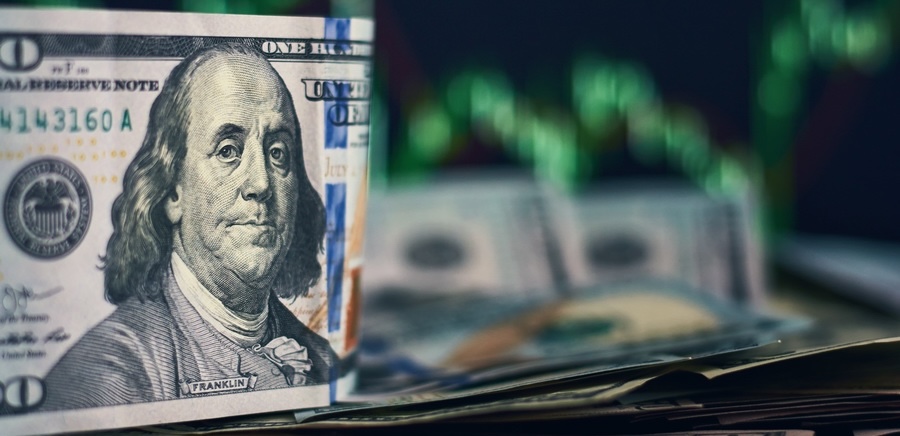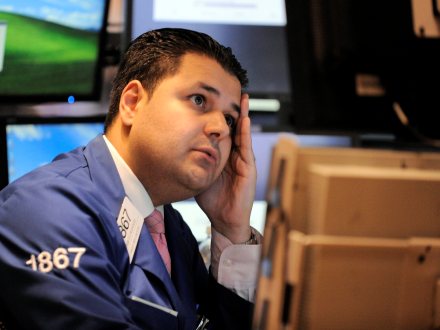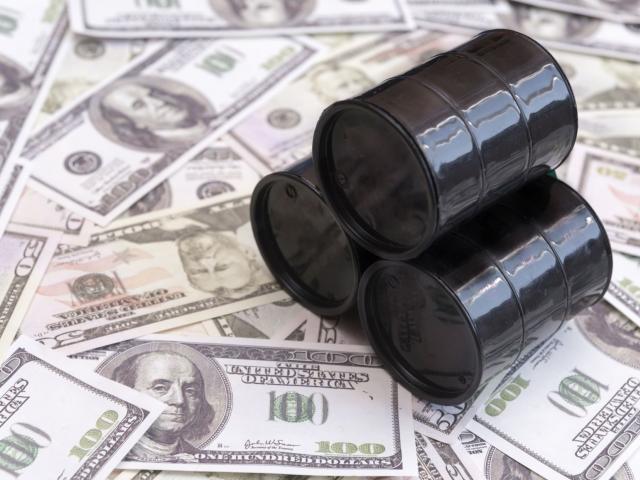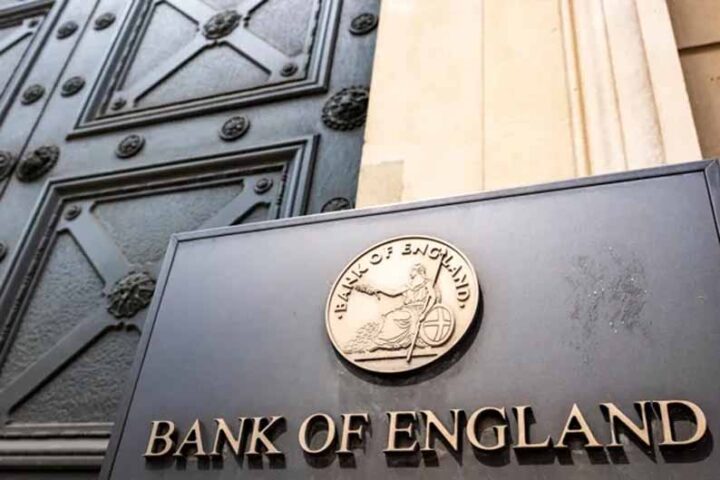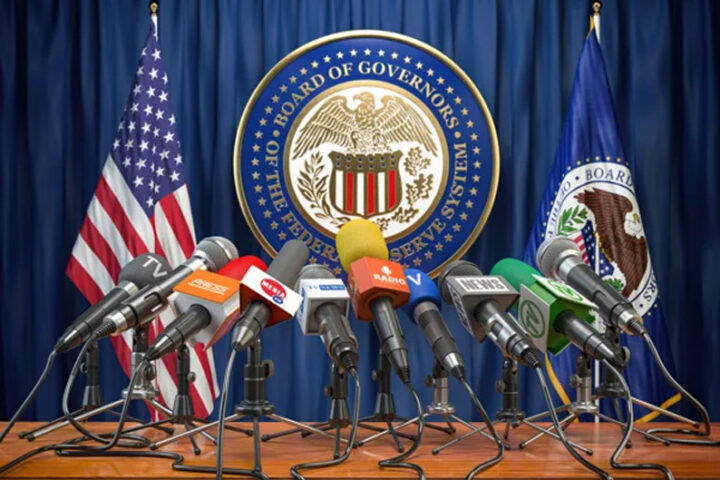The financial markets’ reaction to intensifying US-Iran tensions has revealed a sharp erosion of the US dollar’s safe haven status, as investors eye Tehran’s next move, warned Nigel Green, CEO of leading financial advisory deVere Group.
In the wake of targeted US strikes on Iranian nuclear sites and a risk of further escalation in the region, the dollar firmed only modestly, with the muted response suggesting the greenback is no longer the automatic refuge it once was.
“We’re witnessing a moment of reckoning for the dollar’s reputation as the ultimate safe haven,” said Green.
“The market’s restrained response, even amid a high-stakes standoff, underscores how investor faith is shifting. The world is watching Iran, but it’s also quietly reassessing the reliability of the dollar in times of crisis.”
Green explained that the dollar 8.6% drop against a basket of major currencies this year is partly driven by anxiety over the long-term damage from President Donald Trump’s trade tariffs, which have undermined US growth expectations and clouded policy stability, and concerns of US national debt.
“For decades, dollar dominance was a given in turbulent times,” the deVere CEO noted. “Whether during the Gulf War, the world financial crisis, or post-9/11, capital would pour into the dollar as a proxy for security. But that certainty is fading.”
In contrast, the latest flare-up in the Middle East has not sparked a stampede into the greenback. While there was an initial uptick, investors remain hesitant to commit. The tepid gains suggest the move may be a temporary, tactical reaction, not a structural vote of confidence.
“There’s growing consensus that the US fiscal trajectory, political dysfunction and weaponisation of the dollar through sanctions carry real risks.”
Markets are on edge, awaiting Iran’s next move. Should Tehran retaliate in a way that threatens global oil flows or draws further US escalation, the world could see significant volatility.
“If Iran responds forcefully and oil prices surge, we could see capital move rapidly, but not necessarily into US assets,” said Green.
“Some will still run to the dollar, but fewer and more cautiously. Others will favour commodities, the eurozone, or even emerging markets seen as insulated from US-led risks.”
The rebalancing away from dollar dominance has been building for years.
The deVere founder pointed to the aftermath of the 2008 crisis, when unprecedented quantitative easing began to undermine the dollar’s long-term value, and to more recent years where Washington’s unpredictable foreign and trade policies alienated allies and undermined confidence.
“The world has started hedging against the dollar,” he said.
“Central banks are diversifying their reserves. Institutions are exploring alternatives. Digital currencies, including central bank digital currencies and Bitcoin, are part of the mix too.”
Still, Green also warned against complacency.
“The dollar won’t vanish as a safe haven overnight, but its gravitational pull is weakening.”

